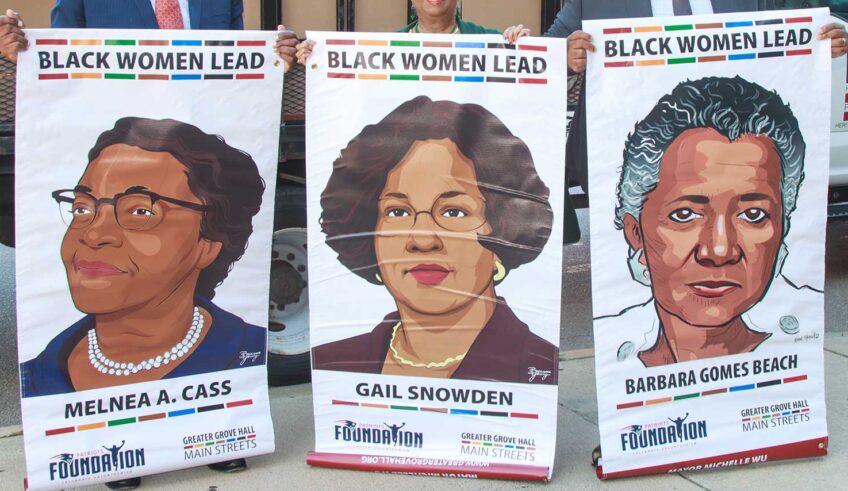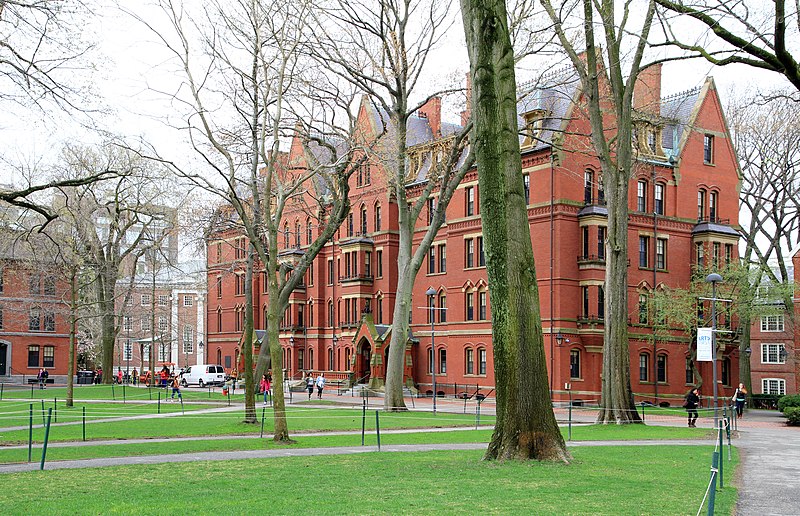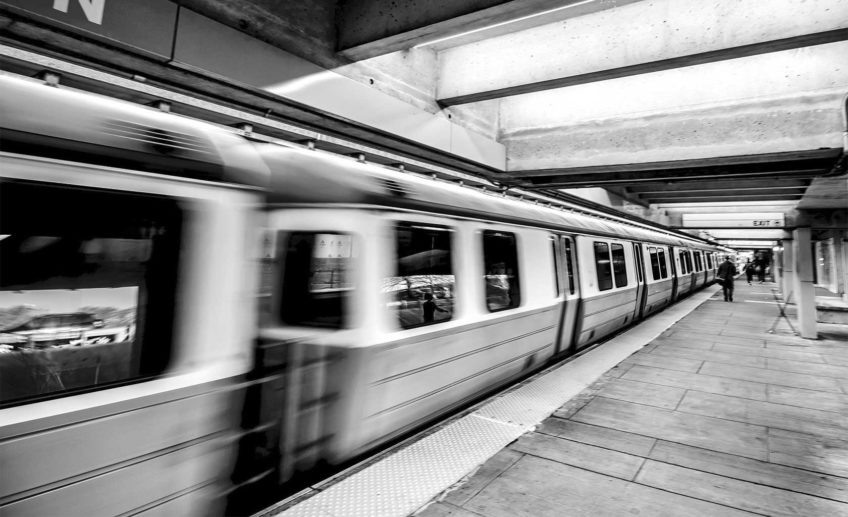Nearly 40 years I’ve worked with my neighbors as a member of the Holborn, Gannett, Gaston, Otisfield Betterment Association (HGGOBA) to improve our quality of life in Roxbury and Dorchester. We’ve worked to address basic city services, equity in resources, police reform, violence and to hold the City of Boston accountable to our community. We are founding members of Project RIGHT, Inc. (Rebuild and Improve Grove Hall Together), and one of four neighborhoods that received multi-year funding in the 90s from the Hyams Foundation for advocacy and proactive strategies to ensure resident-led leadership in developing solutions to issues and problems.
The progress and victories that we can point to have come from organizing door to door, coordinating with like associations like the iconic Garrison-Trotter Neighborhood Association, and garnering political power with our elected officials. We demanded respect and answers from various city departments; we insisted that city officials provide data driven impact analysis for proposals for our area with direct response to the ideas, concerns and cautions pointed out by residents.
Today, we are all welcoming the potential for millions of dollars from the Commonwealth for transportation projects for the City of Boston. However, residents have pointed out that the Blue Hill Avenue options offered by the city’s Transportation department are flawed. Proposed options have the potential for negative impact on the culture and quality of life of residents and businesses who currently live along the corridor and who view their space as a neighborhood, not just an intermodal corridor for commuters. Residents have spent decades advocating for beautification of Blue Hill Avenue with the green center space as the Greenway type bridge, not a concrete and fenced divide between the communities along the avenue. The City of Boston must commit to adequate programs and resources to answer and resolve these concerns well before construction is locked in. We won’t be able to change this when shovels are in the ground.
There are dangers inherent in the BHA plans that are not included in the city’s depiction of their center lane plans. There are significant documented outreaches, but this is the age-old tone deaf “engagement process” that focused on numbers of meetings rather than substantial consideration of and response to the sentiments of residents. People have pointed out not only the dangers of crossing the streets but also the pollution as 30K commuting vehicles sit backed up and idling. We truly believe from past experience that there will be a shifting of traffic flow, parking, and congestion from BHA to the side streets (along with the pollution). Remember, there is nothing in this plan that reduces the number of cars. It is also important that we maintain the same number of bus stops or more (think of a senior with a cane making their way to a bus stop across a congested car lane in the winter) and provide parking for the 47% of parking spaces eliminated by current options – a blow that will devastate local businesses.
Please listen, a pilot was conducted on Summer Street and the dedicated bus lane was dropped as was the Seaport dedicated lane as neither worked. We won’t have the same luxury.
The BHA Plan report shows some resident comment summaries but does not do justice to the serious, extensive and detailed opposition raised in many, many, meetings. Importantly, there is no consideration of other major development plans along BHA such as the White Stadium project. We believe that getting the money from the state does not dictate to the city to include the center lane as the only way to improve transportation or bike lanes for that matter. It just requires a thoughtful, resident supported improvement plan.
There is no doubt that there can be benefits by using the funds on Blue Hill Avenue but keep in mind that there is no data/evidence/modelling/simulation/pilot results that are presented to ensure that the benefits touted by the current plan will occur.
First, the city could start by providing a complete document of actual opposition comments with their response; and by actually taking improvement steps right now: crosswalks, greening, parking plans with the businesses and churches, traffic enforcement (double parking, parking in bus stops); calibrating all lights along the avenue so that you don’t drive through a green light and stop a block later, maintain the roads better – filling potholes and repairing deteriorated roads, hire more bus drivers with more routes-institute a headway management system, make The Ride more available and timely, add more accessible parking throughout the neighborhoods, completely clear snow from curb to curb and remove the snow during major storms. It is also incredible that there are no plans included to reduce the number of cars, for example levy traffic congestion fees on the tens of thousands of commuters and tourists who drive their cars into the city every day.
Second, we urge our legislators to require an impact assessment for the residential impacts raised by residents before any final commitment to dividing BHA. It should also include the resources that will be committed for continual mitigation.
Third, there definitely should be expert and computer modelling/simulation of these plans by neutral parties before being made final.
We rejected state money the last time the Commonwealth wanted to dig up the median strip in Mattapan to accommodate the double-long buses they had ordered without adequate notice to the community, for sure we really should not need to do so this time!
Laura Younger is a resident of Grove Hall and a member of the HGGOBA neighborhood association.






